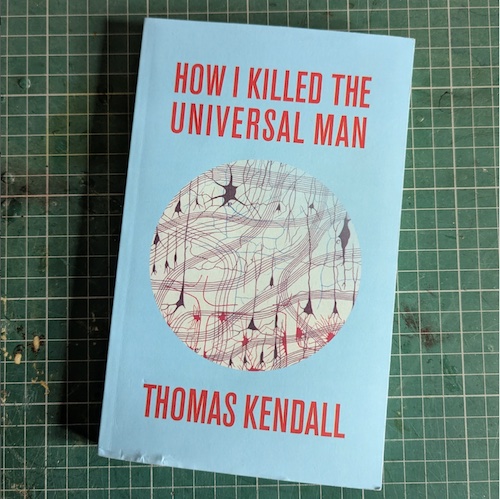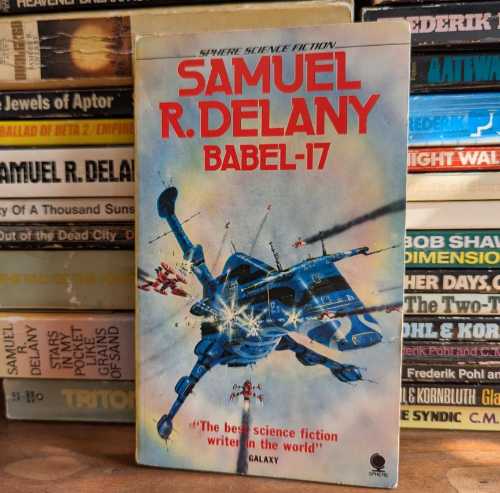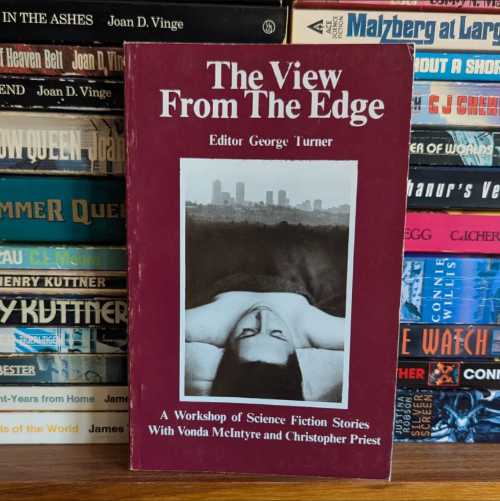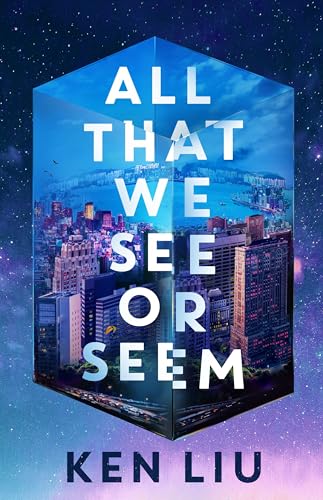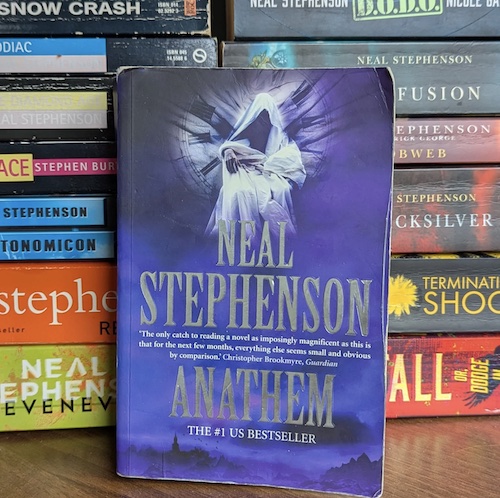Lakerman, a gonzo journalist, is covering a new drug that has hit the streets and the disappearance of its creator. What he uncovers is a grim world of biotechnology, virtual reality, and genetic mutation, drawing him ever deeper into his quest for truth.
This is near-future noir where technology is out of control and remaking the world. It reminded me of the fantastic Nexus series by Ramez Naam or Kathleen Ann Goonan’s Nanotech cycle, both of which explore the other side of the singularity, where society is fracturing and re-healing around accelerating tech advances. I love this theme, and Kendall shows he has the imagination to really surprise and shock with his worldbuilding.
The narrative moves between set pieces, layering on a sensory barrage that builds a picture of a protean world where reality is broken, body horror is around every corner, and the physical is fluid. This is intentionally disorienting - a book that prioritises feeling over comprehension, where your understanding will be riddled by lacunae. Stoicism is a prerequisite; if you’re going to feel uncomfortable with that, this isn’t a book for you.
Where I hit a wall was with the prose. Kendall is a literary writer - his pages drip with dense, abstract symbolism, which puts the words front and centre. But I’m not a literary reader. I want the words to fade from consciousness, to exist visually in the world. Kendall clearly loves the writing; his prose forces you to slow down, be conscious of the words, analyse the sentences to extract his meaning, or risk skimming and missing the nuance. For me, this often verged on being overwritten.
I raced through the conclusion, which doubles down on abstraction as Lakerman enters the game, which we experience as a stream-of-consciousness second-person narration. I was left with an attachment to a world and characters that gripped me, but a plot and narrative I didn’t comprehend enough to be satisfying. Unfortunately, I know that in a month I’ll have a hard time explaining this book.
Disclosure: The book was kindly provided by the author for review
